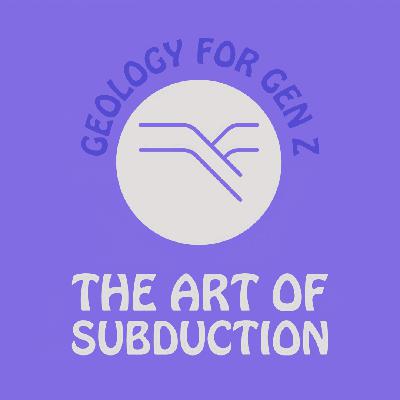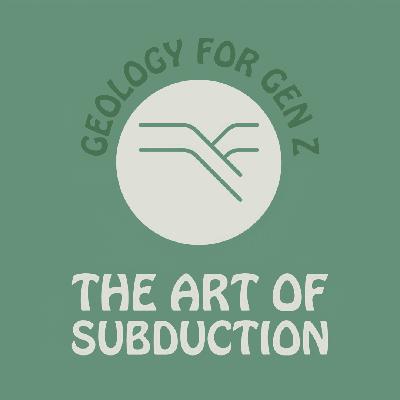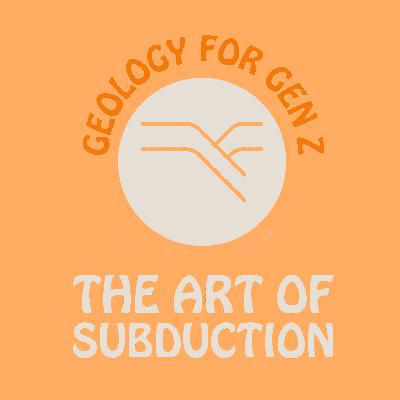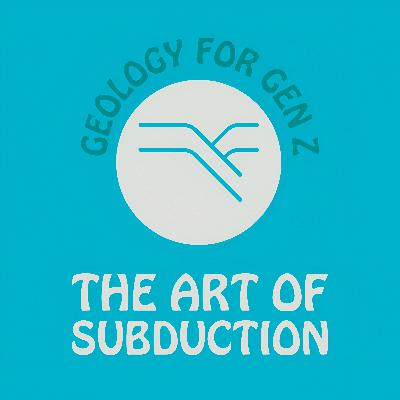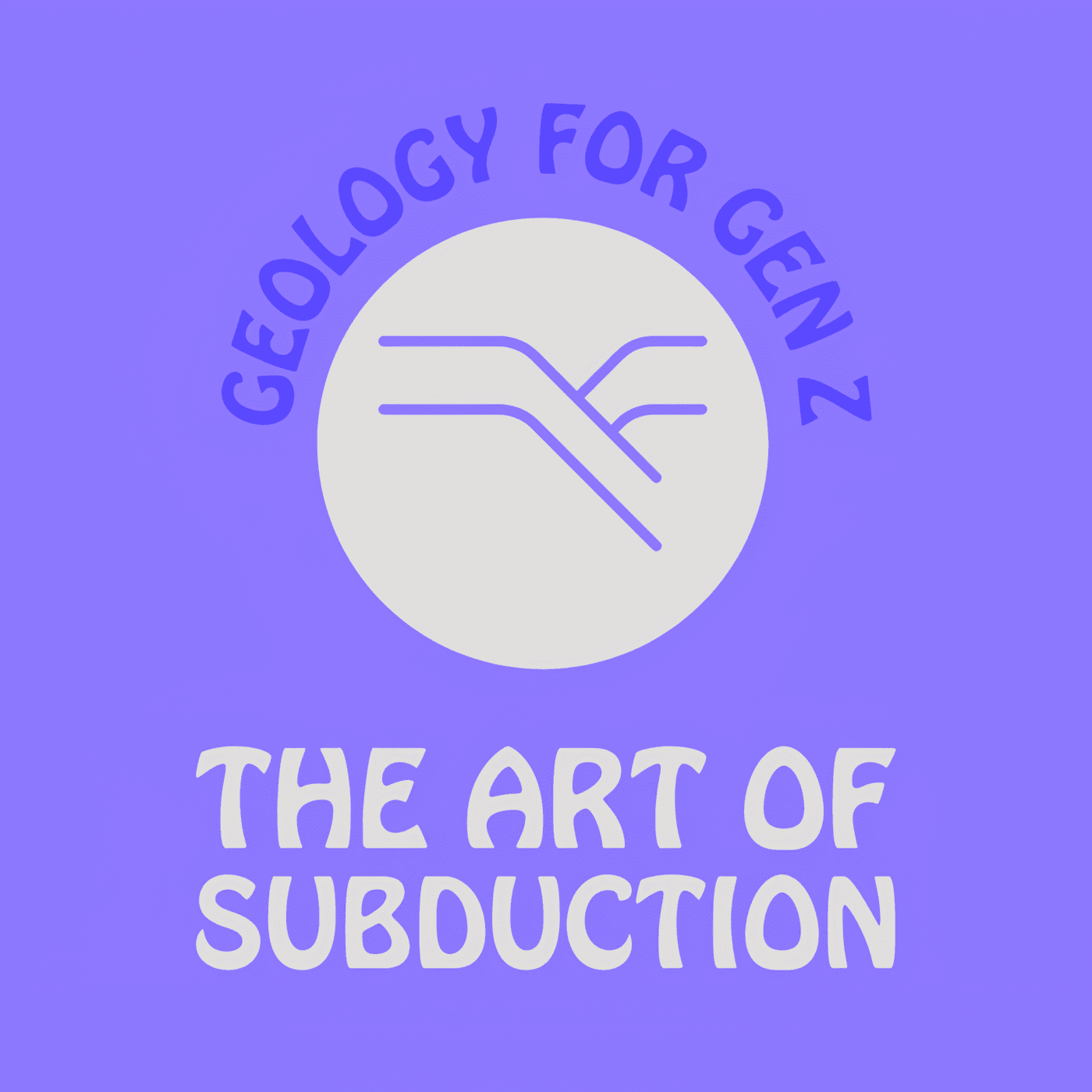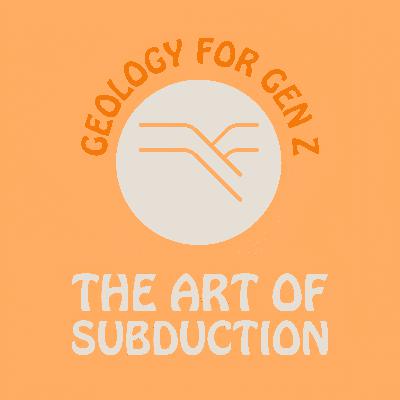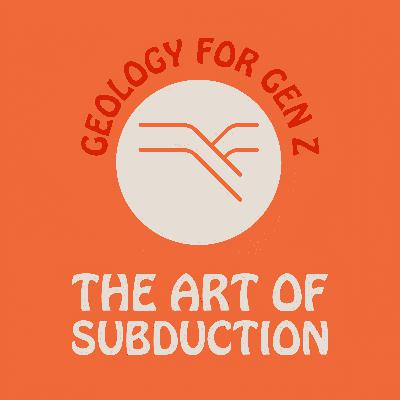Hands-On Geology: Jennifer Peña Is Taking Students From Classrooms to Canyons!
Description
Jennifer Peña, former GeoForce student and now an outreach coordinator, gives us the inside scoop on how the program has evolved, and why it’s still rocking today. From the days of quizzes galore to the current project-based fun, Jennifer shares how GeoForce has learned to keep things fresh, exciting, and way less stressful. She walks us through the 10th-grade academy, where students build canyons out of Play-Doh (yep, you read that right) and get up close with geology in places like Antelope Canyon and the Grand Canyon while using the scientific methods!
——————
Did you like this podcast? Leave us a rating and review! Follow us on Spotify, Apple Music, or wherever else you get podcasts.
Got a lava questions or want to be featured next? Email me at dgaur@utexas.edu
——————
Transcript
GeoForce Program Evolution
[00:26:01 ] Diya Gaur: So, also, like, As a previous GeoForce student yourself and now like an outreach coordinator for GeoForce, how do you think like the program has like kind of changed from then versus now?
[00:26:13 ] Jennifer Peña: I feel like then, also just in the way kind of society was then whenever I was doing it, especially on things like test taking, quiz taking, all of that sort of thing.
Whenever I was in the program, every single day we had quizzes. So at the end of every single academy, we would have a quiz, and at the end, like on that last day, we would have a final. It was intense! It was very much Even though, in all honesty, do I think GeoForce would have kicked out half of the kids?
No. Do I also think half of the kids would be failing the GeoForce test? No. We were all nerds, and we were all very, like, worried and anxious people. Or little kids. So, I think we were fine. But it was still, it made us very anxious a little bit, and so seeing now this change to more so a project based, um, curriculum is really great, just because it then gives you guys the tools to work together as teams when it's something like the 9th grade, so now we do a 9th grade project at the end of it, where they work as, like, counselor groups or mini counselor groups, So that's really great, or in things like the 10th grade, wherever you guys do a project, and you do, you model a canyon by yourself, so it gives you that create, creativity, and that space to do what, what you would like to do, but also connect it to education, and connect it to what you've been learning throughout the week.
So to see that change has been really great. Also, I I really like the 12th grade now, even though I will say whenever I was doing the 12th grade, it being the first one in Austin. And not, um, D. C., which it used to be. It was, it was sad, you know? They had been promising us, oh, on your last year, you're gonna go to Washington, D.
C., and it'll be really fun. And at that point, we had traveled every single year, because whenever I was doing the program, the ninth grade was in Florida. And so we had been traveling every single year, so this last year being in Austin was kind of, kind of a downer a little bit for some of us. Um, but being in Austin then made us kind of want to go to UT and realize how interesting it is.
So that was a really good change that they made whenever I was in the program. But the fact that now we give you guys these, like, tangible skills at the end of it, and really want you to gain something from GeoForce, whether it be geology or not, is really cool. Um, so just these STEM kind of points and these really good skills that you can use regardless of if you go to the Jackson School or if you study geology.
I've seen that change in the program and I've really, really enjoyed it.
[00:29:08 ] Diya Gaur: That is amazing.
10th Grade Academy Highlights
[00:29:11 ] Diya Gaur: So you did mention the 10th grade, like, canyon modeling project, we, I remember doing that as well, where we had, like, the different colors of play doh, and we put it all together, and then we got judged on how good it was, but on that note, what exactly happens, for our listeners, what exactly happens on the GeoForce 10th grade academy, if you could give us, like, a rundown over the You know, ooh, what makes Arizona, like, Nevada and Utah so special in studying geology?
Yeah,
[00:29:41 ] Jennifer Peña: so, the 10th grade is our American Southwest Academy. So, this is, um, most students second year in the program. So, and it'll be the summer before you begin your 10th grade year in high school. And what we do is we start off going to Utah, we hit up Zion and Bryce Canyon now, which are beautiful, and we talk We then start bringing up this staircase, so the staircase of the rock layers that we are going to be seeing throughout the week.
And what the 10th grade really is overall is telling you about geologic time. And which you can really see in the Grand Canyon, which we end up going to. Um, the next day after that, we go to Antelope Canyon and then Glen Canyon Dam. At Glen Canyon Dam, we do talk a little bit about hydropower and how that can be used in general.
And also, we have this really fun thing called the Dam Debate. Where we give students each a little kind of role that they're playing, so if they're a farmer, if they live upstream of the dam or downstream of the dam, and then they learn about what these people are going through. As, like, somebody is pitching a dam in their area, and then we have this city hall meeting, which is the dam debate, where students come up, and they, as their role, will explain whether they are for or against the dam, and why.
And so that's really cool, because then it gets students thinking about that real world effect of what we're seeing. Afterwards, we then go to horseshoe bandit night, and then the next day, we start off. Our first our two days at the Grand Canyon, which, like I was saying, is kind of this talk about geologic time and the laws, like Steno's laws, so like laws of superposition, laws of law of unconformities, um, things like that.
Then, afterwards, we end up going to Flagstaff, and we do Lowell Observatory at night, and then Barringer Meteor Crater at night. And those two are then connecting, um, what we've seen to space, and we do planetary geology a little bit. So then we talk about Mars, and luckily, like we were talking about a little bit earlier, the Jackson School has a lot of different people.
There are so many people at the Jackson School who study Mars, and who, who are really into planetary geology. And usually they are the people who then become instructors for our 10th grade. So they have a really nice time leading that last few days because of their knowledge and their background through it.
Um, then at the end, this all comes together in the final project where we ask y'all to create a canyon using all the laws and everything you've seen throughout the week. Um, so you have to have five units, I believe, so that's five layers of rock. Um, explain how you know what time each is, have an unconformity, which means a missing rock layer there in the middle somewhere, and explain, hey, why do you know it's an unconformity?
Just by looking at it, or do you have to look at fossils in the rock and see, like, oh, the fossils, these fossils are this, this old, these fossils we know are this old, that means there's this much gap in time between these two rocks. So we have y'all talk about that, and then kind of think about, okay, could this canyon that I've created be able to exist on Mars?
Based on what we know. So that's kind of, um, a thing of where, okay, if you said that your canyon, yeah, you could tell the time in your canyon because of fossils, then are there fossils on Mars? And then you kind of have those moments where you think about it. And so we really like that because then students, one, get to be creative because they get to create whatever canyon they want.
They can, like Dio was saying, make it out of Play Doh, shape it however they want. They get to name their layers however they want. But then also, you have to be thinking about it, so it has to make some type of sense. So we, they make those connections during it, and it's really cool to then see the students who maybe you thought weren't, were not paying attention and did not care, but they have these really cool layers, and they do have an uncomfortably, and it makes sense, and they actually are getting it all together, or throughout the making of the canyon, they're asking these very, These very good questions that even you're, even myself, when I think back.
I'm like, I don't think I would have asked those questions in my 10th grade trip, like,
[00:34:32 ] : I,
[00:34:33 ] Jennifer Peña: those questions would have gone right over me, so it's really cool to see, and that's the whole 10th grade that then sets us up for the 11th grade. The year later. Mhm.
[00:34:46 ] Diya Gaur: Yeah, and I think that's so important too, because today, like, I don't really see many opportunities for high school students to learn geology, and that's kind of one of my motivations for making this podcast, but just the fact that GeoForce is able to provide all of these research mentors and just give their experiences out and show that, hey, this is how stuff on Mars and the moon works, I think it's super cool.
Like, me personally, I remember Miss Stephanie Suarez, she was on my 10th grade academy and she studies, like, moon rocks, like, all of those different formations on the moon, and I remember she just had a box of rocks and she was like, Hey, you guys can touch this, and now I can say, Yeah, I touched the moon in my 10th grade Geoborce Academy.
So it's super cool. I really love the experiences that you guys are giving out to kids and it's rea


